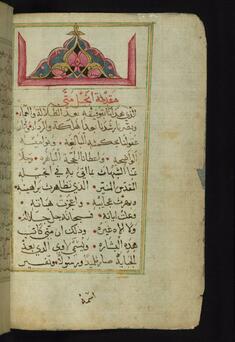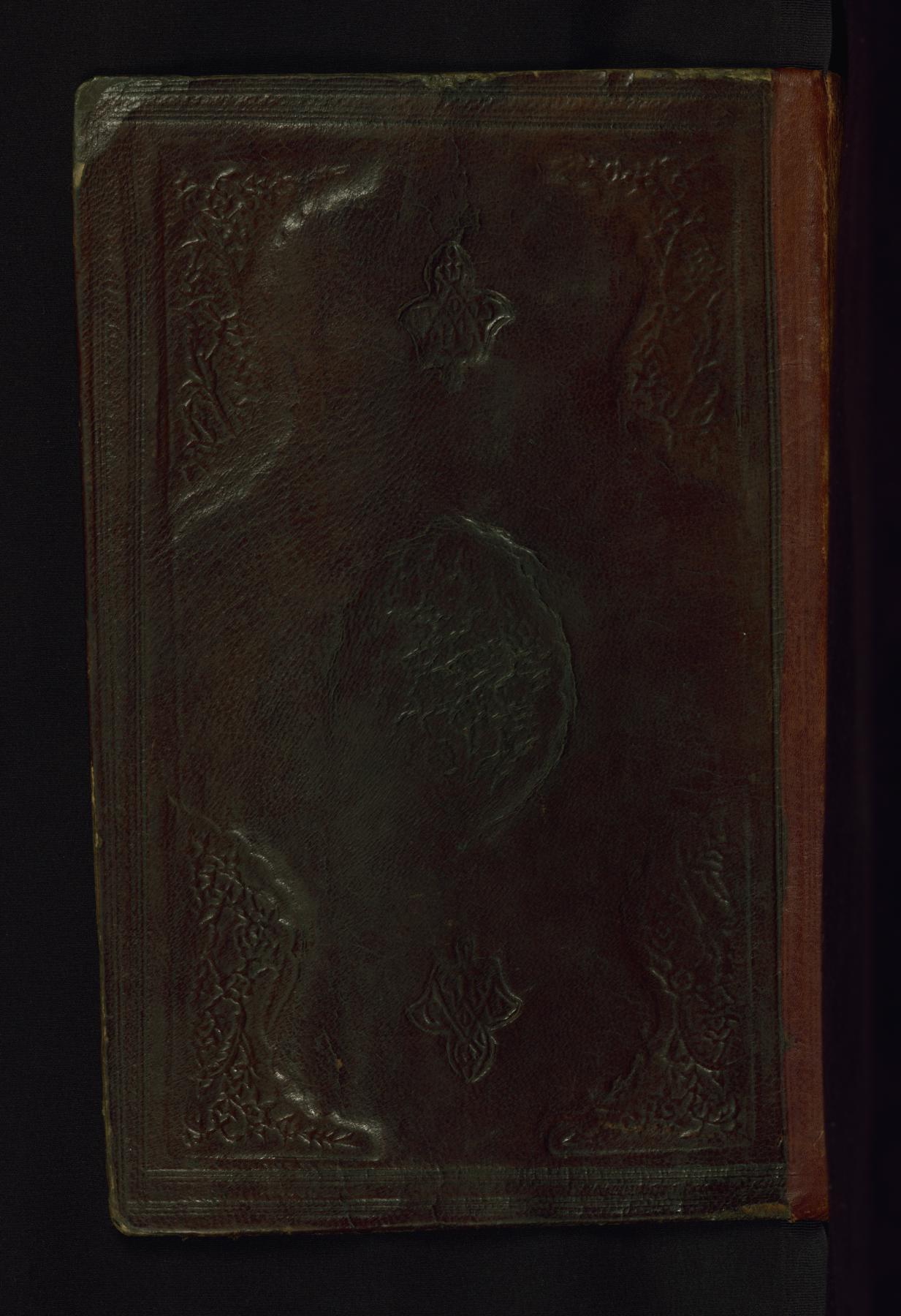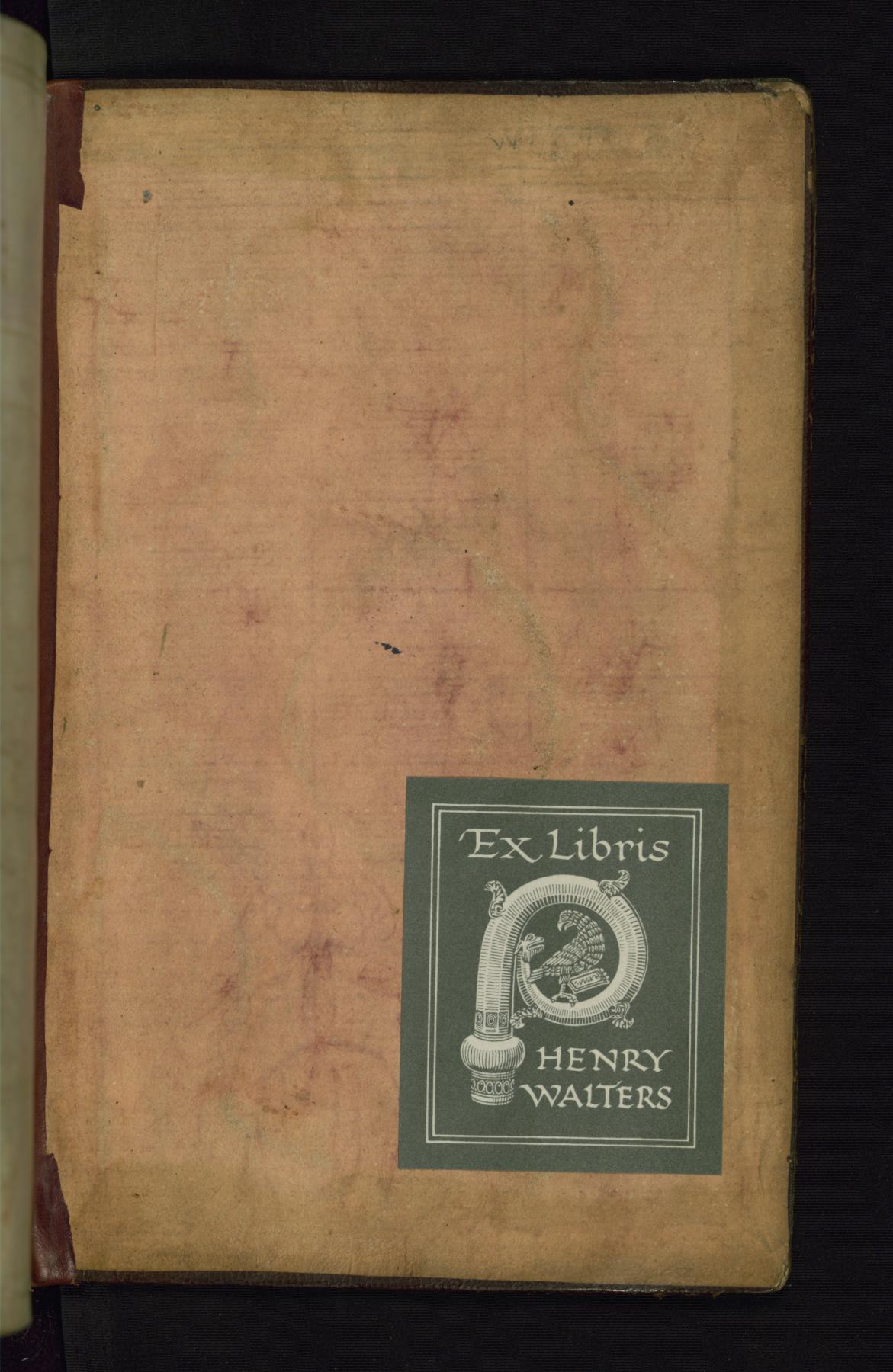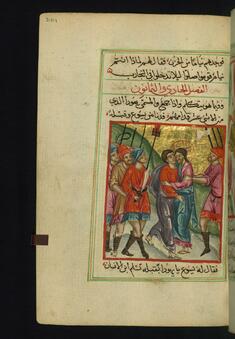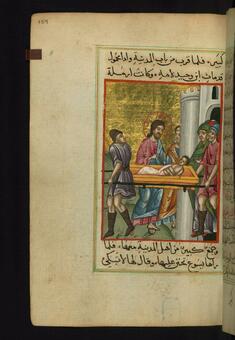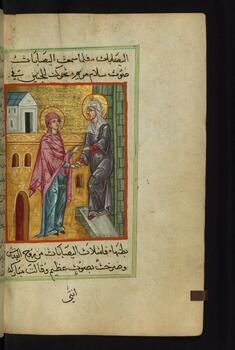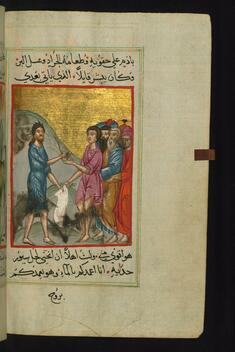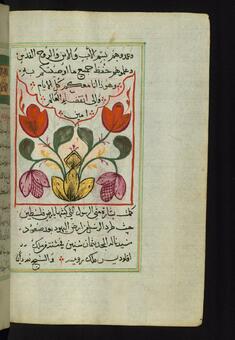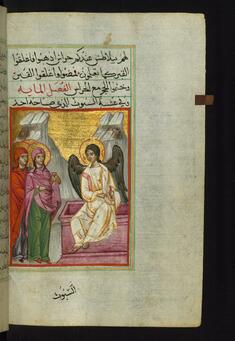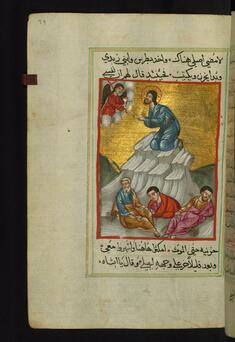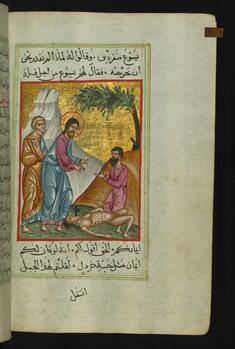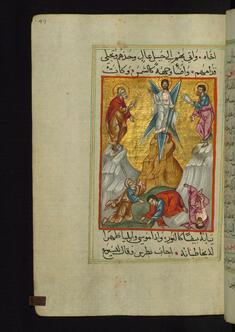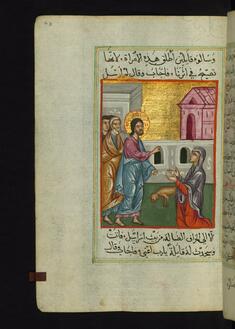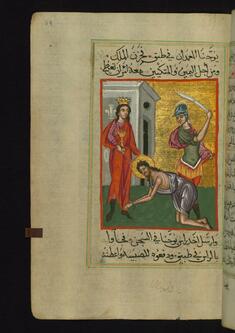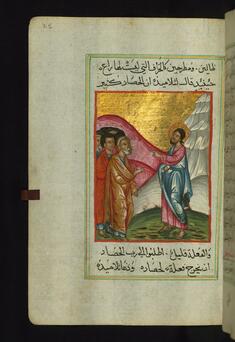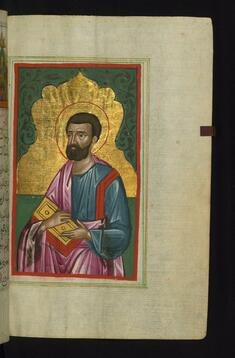Gospels
(Islamic World , Manuscripts and Rare Books, Islamic Manuscripts)
Walters manuscript W.592 is an illuminated and illustrated Arabic manuscript of the Gospels by Matthew (Mattá), Mark (Marqus), Luke (Luqa), and John (Yuhanna) and was copied in Egypt by Ilyas Basim Khuri Bazzi Rahib, who was most likely a Coptic monk, in Anno Mundi 7192/AD 1684. The text is written in Naskh in black ink with rubrics in red. The decoration is comprised of illuminated headpieces, numerous floral paintings, and approximately fifty illustrations (fols. 3a, 8a, 10a, 18a, 20b, 23a, 24a, 25a, 31b, 39a, 41a, 43a, 47a, 48b, 58a, 74a, 81b, 85b, 86b, 88b, 89b, 131b, 134b, 137b, 138b, 143b, 151a, 157a, 161a, 166a, 169a, 188b, 190b, 192b, 196a, 201a, 204b, 207a, 208b, 212a, 215a, 219a, 223b, 231a, 234a, 240b, 244a, 245a, 254b, and 260a ). The brown goatskin binding with blind-tooled central oval medallion, pendants, and cornerpieces is contemporary with the manuscript.
Provenance
Provenance (from the French provenir, 'to come from/forth') is the chronology of the ownership, custody, or location of a historical object. Learn more about provenance at the Walters.
Leon Gruel, Paris [date and mode of acquisition unknown]; Henry Walters, Baltimore [date and mode of acquisition unknown] [Henry Walters Ex Libris book plate on the inside of the upper board]; Walters Art Museum, 1931, by bequest.
Exhibitions
| 2003 | The Cross and the Crescent: Books from the Ottoman Age. The Walters Art Museum, Baltimore. |
Geographies
Egypt (Place of Origin)
Measurements
Folio H: 6 5/16 x W: 4 5/16 in. (16 x 11 cm)
Credit Line
Acquired by Henry Walters
Location in Museum
Not on view
Accession Number
In libraries, galleries, museums, and archives, an accession number is a unique identifier assigned to each object in the collection.
In libraries, galleries, museums, and archives, an accession number is a unique identifier assigned to each object in the collection.
W.592
Do you have additional information?
Related Objects
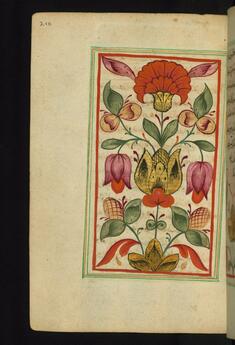
Full-page Floral Composition Marking the Beginning of the Gospel of John (Yuhanna)
